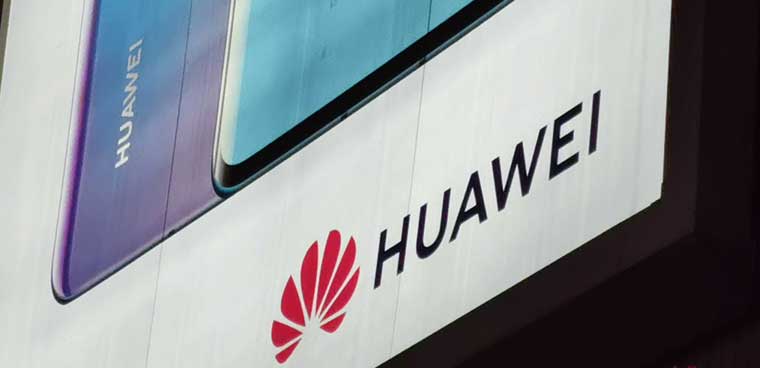
China and the United States are in an enormous trade war right now. None has been more substantial than the upcoming restriction on Huawei.
The U.S. federal government’s choice might trigger enormous modifications worldwide economy. If there is one mistaken belief a lot of individuals have, and it’s that this is some new experience. From the last 25 to 30 years the U.S., China, Huawei and other entities are in the leading edge of the debate.
You require the most info if you desire to make the most excellent guesses. Here is practically the whole debate timeline, going back as far as we might discover.
Contents
Early years (1987-2004)
The early years were a turbulent time in China, however a rather peaceful start for Huawei. Individuals’ Liberation Army technologist, Ren Zhengfei, established the business in 1987. He began the company after a labor force decrease ended his military profession.
The 1990s
The very first years for the future Chinese tech giant was primarily peaceful, however not without debate. The business got its great start by apparently reverse-engineering global telecommunication innovation and reintroducing it in China. There’s no firm evidence of this, I.P. theft in China is rather typical.
Its very first big-ticket agreement was with the People’s Liberation Army in the mid-1990s. Later on, in the years, China embraced a new instruction to support domestic technology business clearly over the foreign trade. It is unclear if this was mainly to grow Huawei; however, the company gained from these policies.
The early 2000s
When the company was positioned on a watchlist by India’s intelligence agencies for supposedly providing the Taliban with military telecom devices, things silenced down once again up until 2001. India never brought any charges for it, and no proof ever appeared to show it. The company rejected doing any service with the Taliban and swore its practices remained in line with the guidelines of the United Nations.
The majority of accusations versus Huawei have little or no evidence offered to the general public.
China would go on to sign up with the World Trade Organization later on in 2001. Huawei opened its very first workplace in the U.S. and Britain.
In the early years, there was a lawsuit in 2003 where Cisco implicated Huawei of taking source code from its routers. Huawei confessed to this; however, the case was ultimately dropped after Cisco and Huawei reached a contract.
Middle years (2005-2017)
The middle years were substantial to Huawei. Events throughout this time duration would act as a precursor for later events.
The late 2000s
Things began to heat up for Huawei in 2007. To kick things off, the company tried to purchase part of 3COM, a Massachusetts tech business. Huawei didn’t see the purchase as troublesome, as the two firms formerly collaborated to make market routers and switches and it would just manage 16.5 percent of 3COM.
Legislators asked the Bush Administration to obstruct the purchase, calling Huawei among China’s least transparent business. In 2008 the U.S. federal government ultimately blocked the deal due to national security issues. The FBI begins to investigate into Huawei’s founder for violations of U.S. trade sanctions on Iran in 2007, the actual point they would undoubtedly charge the company within 2019.
A year later on in 2009, British authorities cautioned B.T. Mobile about vulnerabilities to attack due to security holes in Huawei’s devices. B.T. Mobile would ultimately start getting rid of Huawei devices from its network in 2018, with a conclusion due in 2021.
The year 2010-2017
The relationship of Huawei’s with the U.S. was the reasonably poor year in 2010. The company rejected whatever, and the lawsuit was ultimately settled in 2011. Huawei ended the year attempting to acquire 3Leaf systems however backed out since it did not submit the sale with CFIUS.
The business would continue to have misfortune into 2011. Regardless of its problems, Huawei constructed a 200,000 square foot research study center in California in April 2011, intending to broaden into the United States. The federal government still obstructed Huawei’s quote to construct a nationwide cordless network for emergency services that year, due to national security issues.
National security issues are a common thread in the majority of the Huawei controversy.
An 11-month examination by the U.S. ended in 2012 and resulted in an oft-cited report that Huawei and ZTE might not be relied upon. The statement declared strange habits from Huawei devices and implicated the business of sending out information to China.
In 2013, Softbank guaranteed not to utilize Huawei devices on Sprint’s network if it were to be enabled to purchase Sprint. Besides, among the business’s CFO was connected to a Hong Kong business that attempted to offer U.S. tech to Iran. Absolutely nothing would come of this.
The Edward Snowden leakages likewise consisted of some bits about Huawei. The leakages revealed Operation Shotgiant, a U.S. strategy to hack Huawei servers and utilize its devices to spy on it.
The Company required no cash in the claim versus T-Mobile, simply that the courts acknowledge the patent licensing was reasonable. Later on, in 2015, The U.S. Commerce Department subpoenaed Huawei about exporting items to Cuba, North Korea, Syria, and Sudan.
The current years (2018-present)
Without a doubt, the most active part of Huawei’s battles in the United States for numerous factors. The U.S. chose to evaluate China’s intellectual property policies for the completion of 2017. In January 2018, the U.S.-China trade war formally began, and stress has actually intensified rapidly– Donald Trump has indeed shown far more aggressive when dealing with China than previous U.S. Presidents, for much better or even worse.
2018
Verizon Wireless dropped Huawei as a phone provider in January, not long after AT&T concurred to and then declined to offer the Mate 10. T-Mobile guaranteed no Huawei tech was going into its 5G network and provided to assist rural providers in changing their current devices. A month later on, the heads of no less than 6 U.S. intelligence firms alerted versus the usage of Huawei and ZTE items.
Australia would double down and prohibit Huawei from supply parts for 5G networks in the nation followed carefully by New Zealand. Japan produced a restriction of its own for both Huawei and ZTE items.
A previous Huawei executive launched a narrative around this time, detailing the business’s wrong moves in P.R. and other locations. The Pentagon prohibits Huawei gadgets on military bases. Later on, the National Defense Authorization Act passed in the U.S. that disallowed federal government companies from purchasing particular Chinese devices.
When things truly began heating up, 2018 and 2019 were.
When the chief financial officer Meng Wanzhou arrested in Vancouver, it became prominent. Canada did it on behalf of the U.S. federal government with extradition as the primary objective.
Quickly after her arrest, China detained 2 Canadians over national security issues. The act brought a 90-day truce in the brewing of the U.S. and China trade war.
2019
Things got even crazier. The U.S. officially charged Huawei with 13 criminal activities, consisting of bank scams, handling Iran, and I.P. theft. Huawei rejected or deflected the claims; however, the U.S. keeps it has evidence (none of which is public presently).
By taking the airwaves after years of preventing the public eye, Ren Zhengfei guarantees the world Huawei sided with consumers, not federal governments. At this time, Poland jailed a Huawei worker on suspicion of spying and confessed it didn’t understand if it’ll utilize Chinese tech for its 5G network.
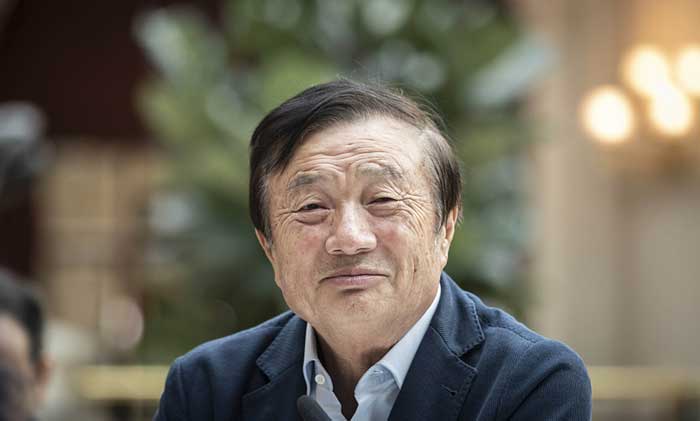
Europe ultimately chose more important guidelines instead of prohibiting Huawei. China challenged Australia’s restriction on Huawei items to the WTO. Both of these occasions are continuous at the time of this writing.
The U.S. turned up the heat once again on May 15 when it included Huawei to its ban Entity List. Over the next five days, Google, Intel, Qualcomm, Arm, S.D. Association and others revealed they would comply with the U.S. order and stop working with Huawei.
The U.S. enacted a 90-day partial lift, offering Huawei some breathing time which didn’t stop the U.S. and China from threatening tariff boosts on one another and other companies from declining to do service with Huawei. The long-term implications of such a move are relatively enormous, offered Huawei’s size and positioning in the smartphone environment.
 Mobile Arrival Smartphones and gadget reviews, news and more.
Mobile Arrival Smartphones and gadget reviews, news and more.
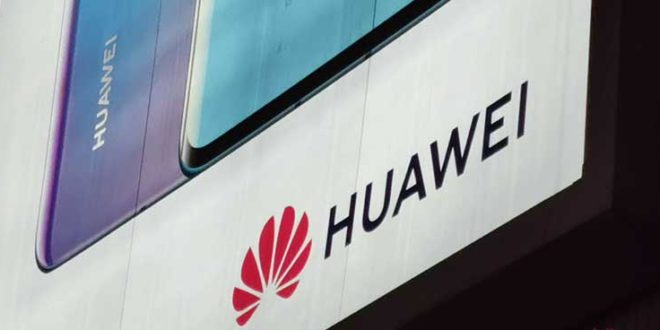
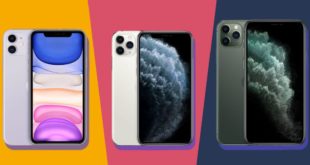
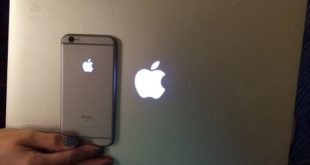
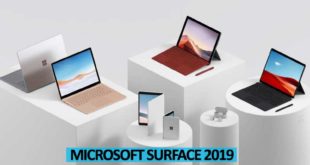
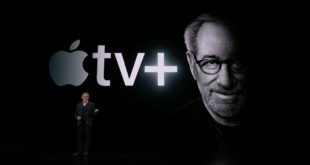
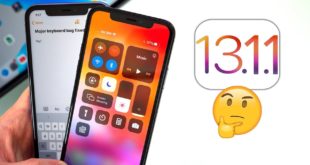
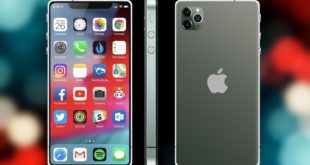
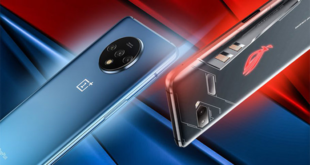
Grooveshark gave me an awful pathogen that obligated us to reformat our >12 four week period old mobile computer and today it doesn’t work exactly the same. It was some sort of fanatic issue although I have observed some others the similar with additional discussion boards.
coque samsung a7 2018 pas cher https://www.anten.fr/collections/coque-samsung-a7